South Africa. It’s a country that has been constantly pushing forward trying to overcome its past. Its land is vibrant and beautiful and its people are the same. Our first weeks in this program were spent studying this country, its people, and its history that has changed its landscape forever. Coming into this experience, I didn’t know a whole lot about South Africa or its history. I knew about Nelson Mandela and had watched Invictus, a film about how Nelson Mandela used the South African National Rugby team to unite the country, and had heard a bit about the word apartheid, but I had barely scratched the surface of what this country had in store for me.
In our first week, we traveled through the city of Johannesburg where we met with many different historians, economists, and people who had lived through Apartheid. What I quickly came to learn was that Apartheid was not some scarred event in South Africa’s past but it is very present in the everyday lives of South Africans even today. Apartheid had officially ended in 1994 when Nelson Mandela was elected president during the first open elections. This ushered in a new constitution that created political freedom for all people regardless of race, gender, sexual orientation, etc. The contradiction here, though, is that although everyone received political freedom, they did not gain economic freedom. South Africa is the most economically divided country in the world where the top percentage of the population owns most of the land and resources in the country. I noticed many similarities between the struggles of South Africa and that of the United States. With the US Presidential elections around the corner, the issues of divided wealth and political corruption have been at the forefront of the debates. Even though South Africa is on the other side of the world, they are dealing with the very same issues.
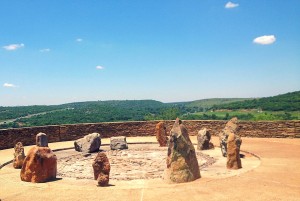
This is a powerful part of Freedom Park. People come here to meet their former oppressors and seek apologies and forgiveness.
These problems in South Africa arise from their difficult past. Many South Africans lost their farms, homes, and livelihoods to the Apartheid government and after 1994 they did not receive any of that land back from the billionaires who now own it. This creates a severe contrast in living conditions between most white South Africans and black South Africans. In Johannesburg, we spent some time near the malls and in the affluent areas downtown. We were also able to experience the other end of the spectrum in Soweto, which holds between 3 and 4 million people in 30 townships. This area was the land that black South Africans were banished to during the Apartheid government and many have been unable to leave due to widespread poverty. Others choose to stay because they have become established in Soweto and feel a close connection to the land and its people. I spent a weekend living with a host family in the Orlando area of Soweto, where I got to experience the extent of poverty in South Africa firsthand.
Our host family had a fairly modern home but you could still see the difference just by taking a look out the window. The house directly across the street was a small home with a tiny yard. In that tiny yard, the family had rented out the land for ten different families. Each family resurrected a small one room shack for their family to live in. So this tiny little yard was home to over 45 people that could coexist in such poor conditions. That was one thing I noticed immediately about South Africa, the community. People would look out for one another, and if a fight broke out in the street, everyone in the area would run to the rescue to break up the fight. It was interesting to compare these things to the United States, where our focus is very much so on individual prosperity rather than supporting the community. If a fight were to break out on the street in the United States, people would not intervene but instead watch in awe or even encourage it.
My host family took me to church which was held in a small one room schoolhouse with about 25 people sitting in school desks. South Africans tend to have a different sense of time as compared to many Americans. Many do not put the same value on the phrase “time is money” and they choose to not rush through their day to day activities. Because of this, church becomes an all day event. The first hour and a half of the service, the pastor didn’t say a word. Instead, members of the congregation got up and said a few words or, more often than not, someone would randomly start singing a song and then everyone else would join in. This happened consistently for almost two hours and continued periodically throughout the pastor’s sermon. What I gained from this experience was that these people had a close-knit community that did not worry about rushing off to the next event, knew all of the songs off the top of their head, and they loved to interact with one another. I felt extremely welcomed and was even told that my sense of rhythm was, “unlike that of any white man they had seen before”, which I found rather entertaining. This was interesting to compare to what I know of church from my home congregation where people go to church just to check it off the list. People sneak in late and sneak out early and try to interact with as few people as possible. I can’t help but wonder how people at home would react coming into this new and exciting environment, full of love, community, and the Holy Spirit. Hopefully, I can bring some of what I learned from my South African friends and spread it to my own church community.
All in all, South Africa is a place that has been scarred by its history and forced into a difficult position where there exists political freedom for all of its people, but many people cannot escape the insurmountable strains of poverty set down by the Apartheid state. Because of this, there are still very distinct boundaries separating whites from blacks and racism is still very prevalent in the everyday lives of South Africans. Even though it has been over 20 years since the fall of Apartheid, South Africa is still a time of healing and well-needed growth and restructuring.
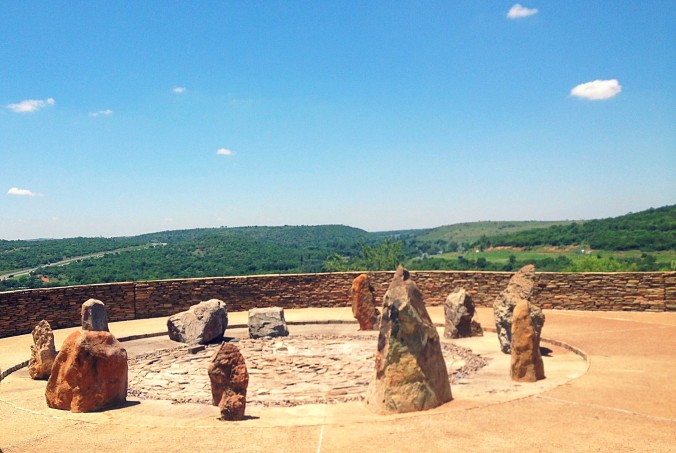
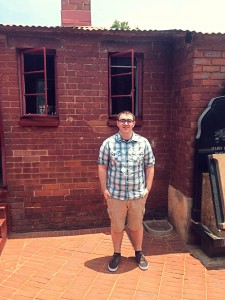
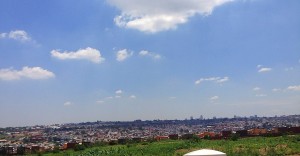
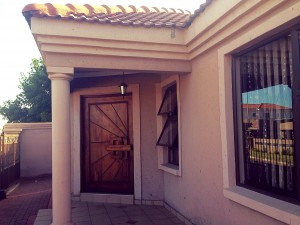
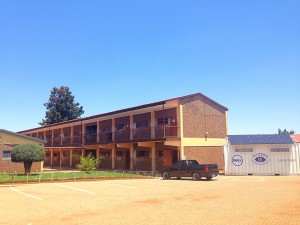
February 15, 2016 at 4:13 pm
Great article N! I’m learning a lot through you. 😉
February 15, 2016 at 9:23 pm
Thanks for sharing, Nathanael. You have a gift for explaining what you have seen and heard into the written word!! Looking forward to more of your insights!!